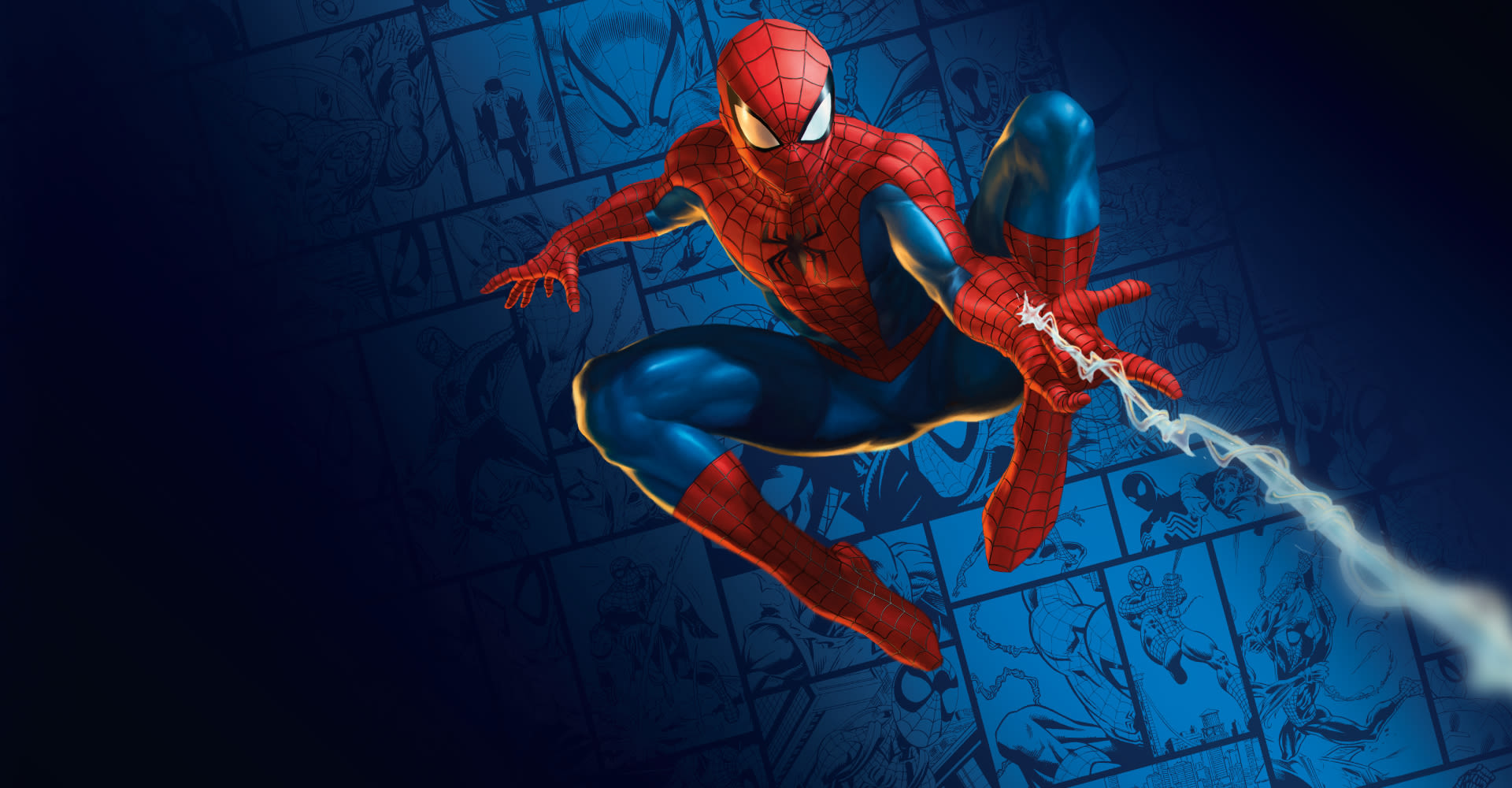When Wizards of the Coast first announced their intriguing partnership with Marvel, visions danced in the heads of fans everywhere. Spider-Man swinging through the mystical realms of Magic: The Gathering had the potential to ensnare not only the web-slinger’s vast fan base but also the eclectic crowd of card slingers. On paper, it seemed like the perfect marriage: Spider-Man’s iconic status paired with the strategic allure of Magic. The opportunity to open the door to new players while giving longtime veterans a fresh and exciting experience seemed like a slam dunk—or a web shot, in this case. Yet, the final product, while resonating profoundly with high-end collectors, falls short of delivering the gameplay fervor many fans expected.
Initially, the buzz was palpable, but as the days and weeks unfolded, prerelease excitement turned to quiet contemplation. Store owners whispered of high prices, a sense of Marvel fatigue, and players reserving their budgetary powers for other tantalizing releases on the horizon. This left the Spider-Man set at a crossroads, torn between dazzling collectors and engaging a dynamic player base.
So, how did we arrive at this crossroad of opportunity and stumbling block? According to design insights from Wizards, what started as a compact, Commander-centric supplemental release of 100 cards evolved into a sprawling 188-card endeavor, broadened for the draft with Standard legality. This expansion was an audacious move, driven by underperformance in prior mini-set experiments. However, such upgrades under rigid deadlines often result in noticeable seams, and this one is no exception.
In the realm of draft play, the Spider-Man set is leaner than the lithe hero himself, offering only five draft archetypes compared to the usual ten. This reduced variety leads to a somewhat limited replay experience, with gameplay often falling into repetitive patterns. A plethora of Spider Human Hero legends provide a mirage of variety but quickly reveal similarities in gameplay, causing the sheen of novelty to fade prematurely. The result is a limited environment suffering from redundancy, a constructed card pool yearning for depth, and players hoping for more.
Additionally, the digital sphere adds a wrinkle of its own. Licensing complexities mean that Arena deployed altered names and artwork for several cards. For those who journey between tabletop and digital worlds, this inconsistency can quickly border on irritating. In an area where Magic shines with seamless platform experiences, this aspect of the Spider-Man set leaves much to be desired.
Nevertheless, the set ignites a spark with collectors, delivering eye-catching cards that embody the dizzying heights of collectible allure. At the forefront is the Soul Stone, a tantalizing two-mana artifact capable of resurrecting a creature from the graveyard every turn. With its magnetic qualities on the battlefield and in binders, the Soul Stone rockets to the top, especially its Cosmic Foil version, which dances in a four-figure price range for sales. This magic jackpot-style allure is what collectors live for, seeking that elusive diamond in a deck.
Moreover, some designs strike the target without being pure marketing spectacles. Cards like Anti-Venom, Horrifying Healer, Electro, Assaulting Battery, and Gwenom, Remorseless, offer practical appeal in Commander and other gameplay formats. The Spectacular Spider-Man card—equipped with flash and an ability that grants hexproof and indestructible—demonstrates the swingy, interactive gameplay that Magic excels at when at its best.
Yet, beneath the shiny veneer lies a series of cracks. A plethora of spider variants blur together, erasing the special essence a legendary card should carry. Cards like Morbius fall flat, and even Peter Parker’s main card disappoints with its understated presence. Color pie choices also misfire, as seen with the peculiar alignment of Miles Morales with the green color, which might confuse and irk dedicated followers of the character.
As for draft play—critical in any Magic release—this set suffers from a lack of clarity and texture in its archetypes, providing little in the way of unique mechanics or play patterns to keep players engaged over multiple sessions. A shallow draft environment can deter players, leaving stores with more inventory than the bustling draft nights they had envisioned. Compared to other crossovers like the well-received Lord of the Rings or Final Fantasy expansions, which successfully encapsulated the source material’s spirit and unique mechanics, Spider-Man simply doesn’t meet the mark.
Who are the true winners in this crossover? High-end collectors revel in a world of chase cards and thrilling variants. For regular play aficionados or those on a budget, particularly in draft, the experience might fall short. However, Commander players will find a few gems that will reside in decks for years to come, albeit a small selection amidst a sea of possibilities.
In the end, when considering where to place one’s hard-earned cash, targeted acquisition of singles might be the wisest choice. Making a selective list, picking cards that enhance your decks or fit your collection, often proves smarter for the budget-conscious player than gambling on sealed products with fleeting glories. While Collector Boosters promise financial sustenance for the set, their risk-reward ratio often crafts a roller coaster adventure, appealing to those who crave the thrill of the chase more than a sturdy deckbuilding pursuit.
As the fascination with cross-branded adventures continues, the lessons gleaned from this set will certainly inform future collaborations. For now, Marvel’s Spider-Man casts his web in the collectible realm, capturing the eyes of the curious and the loyal, while his grip on gameplay feels somewhat tenuous, leaving room—and hope—for a refined swing with the next crossover endeavor.

